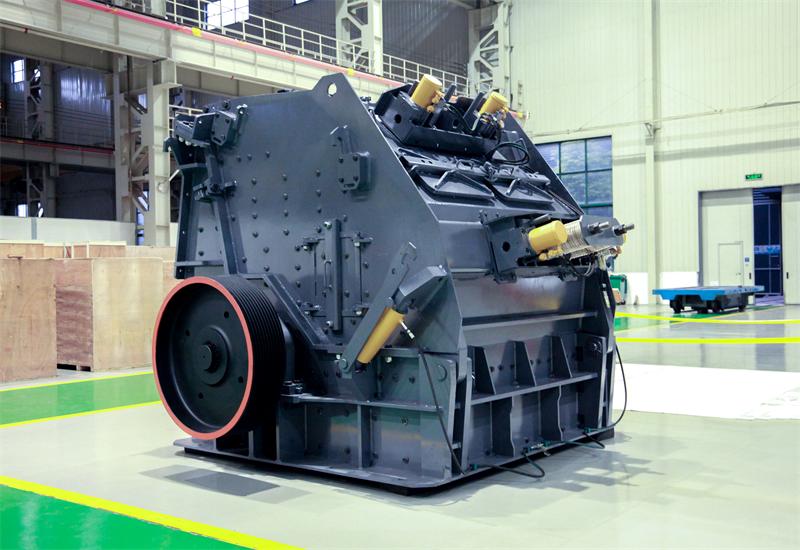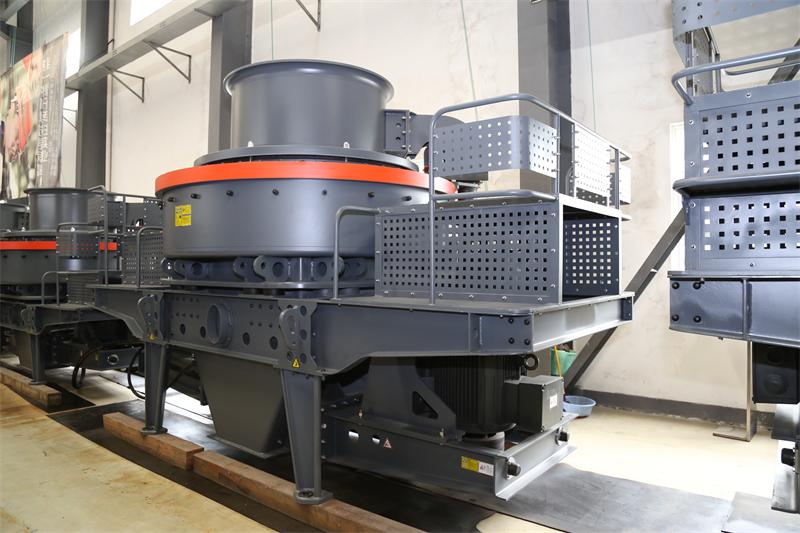
Understanding the interplay of rotor design, ore characteristics, and operational parameters is essential to maximizing the performance of heavy-duty CI5X impact crushers in mining operations. Adjusting the rotor speed in accordance with ore hardness and strategically configuring hammer layouts are proven ways to boost throughput, reduce energy consumption, and extend equipment longevity. This detailed guide delves into the engineering principles governing rotor dynamics, explores practical speed-setting techniques across soft, medium, and hard ore classifications, and provides actionable maintenance insights to minimize downtime.
The CI5X heavy-duty impact crusher features an advanced rotor system designed to deliver optimal impact force during ore crushing. Key parameters influencing performance include:
Balancing these factors is critical — higher speeds can increase fragmentation efficiency on softer ores but may cause excessive wear with harder materials, while lower speeds conserve equipment life but potentially reduce throughput.
| Ore Hardness Category | Recommended Rotor Speed (rpm) | Hammer Configuration Tips |
|---|---|---|
| Soft (Mohs < 4) | 1250 - 1400 | Use lighter hammers with wider spacing for higher throughput; enable faster rotor speeds to maximize impact energy without excessive wear. |
| Medium (Mohs 4 - 6) | 1100 - 1250 | Moderate hammer weight; balanced spacing; moderate speed to ensure effective breakage and controlled wear. |
| Hard (Mohs > 6) | 900 - 1100 | Heavier hammers with tight spacing to increase impact force; slower rotor speed to reduce wear and minimize mechanical stress. |
It is crucial to regularly monitor the ore hardness and adjust rotor speed and hammer configuration accordingly. For example, an average mine practicing these adjustments saw a 15% increase in throughput and a 12% reduction in energy consumption over six months by tailoring CI5X impact crusher settings to ore variability.
The hammer layout directly affects crushing efficiency and hammer wear patterns. Consider the following operational recommendations:
Through integrating dynamic hammer layout strategies with rotor speed tuning, mining operations can achieve up to a 20% improvement in product size uniformity and extend hammer life by 25%.

Despite advanced design, suboptimal maintenance and handling can cause performance degradation. Critical pitfalls include:
To mitigate these risks, users should adopt the following practices:
| Maintenance Activity | Frequency | Best Practice |
|---|---|---|
| Dynamic Balance Testing | Quarterly | Use precision vibration analyzers to identify imbalance and rebalance rotor accordingly. |
| Hammer Wear Inspection | Monthly | Replace hammers approaching 30% wear; maintain detailed wear logs for predictive maintenance. |
| Rotor Speed Verification | Weekly | Verify actual RPM with tachometers; adjust speed settings to align with current ore hardness. |

The CI5X crusher supports an integrated rotor self-inspection checklist designed to preempt disruption and optimize continuous operations. Key check points include:
Deploying digital monitoring systems integrated with CI5X can automate these inspections, providing alerts that reduce unscheduled downtime by more than 18%, according to user feedback across multiple mining sites.

Mining operations aiming for best-in-class performance and cost-effectiveness can leverage the comprehensive rotor speed control and hammer layout strategies of the CI5X impact crusher. Its robust design combined with precise operational adjustments enables a marked increase in crushing efficiency and equipment life, optimizing total cost of ownership.